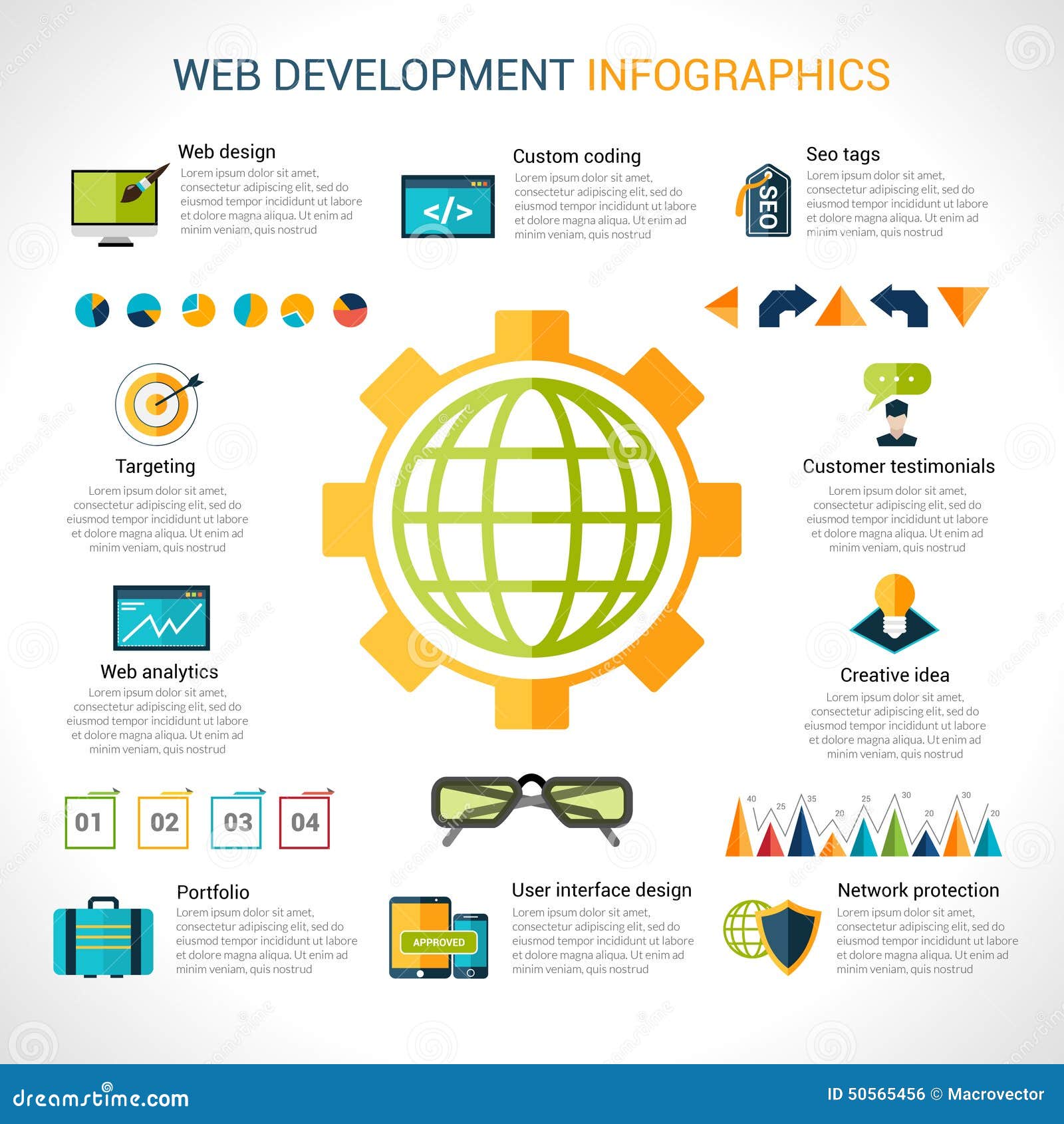Improve Your Website'S User Experience And Strive For Style Quality With Our User-Friendly And Functional Ideas And Methods
Improve Your Website'S User Experience And Strive For Style Quality With Our User-Friendly And Functional Ideas And Methods
Blog Article
Material Composed By-Hammer Barry
Master the art of web design by focusing on individual experience. Craft intuitive navigation and opt for mobile optimization to boost the browsing experience. Ensure easy navigation with clear headings and appealing visuals. Focus on mobile responsiveness for a consistent individual experience. By including these vital layout concepts, you can develop a straightforward web site that captivates visitors.
Essential Design Concepts
When designing a web site, focus on customer experience most importantly else. Your major objective should be to create a smooth and pleasurable experience for your visitors. Begin by making sure that your website is simple to navigate. Usage clear headings, organized menus, and instinctive switches to assist individuals through your web content effortlessly. Keep in mind, simplicity is vital. Stay clear of cluttering your pages with unnecessary aspects that can overwhelm or puzzle your target market.
An additional essential style principle is to make certain your website is aesthetically appealing. Choose a natural color design, premium images, and understandable typefaces to boost the general look of your site. Uniformity is essential in establishing a strong brand identification and making your site more memorable to users.
In addition, prioritize mobile responsiveness. With https://www.forbes.com/sites/theyec/2022/01/27/b2b-e-commerce-marketing-tips-for-2022/ surfing the net on their smartphones and tablets, it's necessary that your website looks and functions well on all devices. Test your site on different display sizes to make sure a seamless experience for all customers. By focusing on these vital layout concepts, you can develop a straightforward site that maintains site visitors returning for more.
User-Focused Navigating
To enhance individual interaction and enhance their surfing experience, prioritize developing instinctive navigating paths that guide site visitors flawlessly via your internet site. Clear and efficient navigating is crucial for assisting customers find the information they require rapidly and effectively. Start by maintaining your food selection framework basic and easy to understand. Usage detailed labels that plainly suggest what content can be discovered under each menu option. Furthermore, take into consideration executing dropdown menus for subcategories to prevent congestion the primary navigating bar.
An additional vital facet of user-focused navigating is the use of breadcrumbs. Breadcrumbs are a secondary navigating help that reveals users their current area on the internet site and permits them to easily navigate back to previous pages. This attribute is particularly practical for users who enter your website with a deep link or an online search engine result.
Moreover, integrating search performance prominently on your site can additionally boost user navigation. A search bar permits individuals to promptly find certain material without needing to click through numerous pages. Guarantee that your search bar is quickly noticeable and available on every web page of your site for maximum use. By focusing on user-focused navigation strategies, you can create a more user-friendly and delightful surfing experience for your site visitors.
Mobile Optimization Techniques
Think about enhancing your site for mobile phones to guarantee a seamless individual experience across different screen dimensions. Mobile optimization is critical in today's digital landscape where a considerable part of net browsing takes place on mobile phones and tablet computers.
To improve mobile use, start by carrying out receptive design strategies. This approach permits your web site to adjust to various screen measurements, preserving performance and visual appeals.
Concentrate on optimizing loading times for mobile customers. Slow-loading web sites can deter visitors and influence your online search engine positions. Compress photos, lessen HTTP demands, and utilize internet browser caching to improve filling rate. Additionally, focus on content power structure for mobile screens. Make certain that necessary information is plainly shown, and navigation is user-friendly, advertising very easy accessibility to crucial sections.
Use touch-friendly aspects such as bigger switches and streamlined kinds to promote communication on smart phones. Conduct detailed screening across different mobile platforms to identify and remedy any kind of use problems.
Conclusion
In conclusion, grasping the art of website design is important for developing an user-friendly site. By including vital design principles, user-focused navigating, and mobile optimization techniques, you can make sure a seamless and enjoyable experience for your site visitors.
For example, a regional bakery saw a 30% increase in on-line orders after revamping their internet site to be much more user-friendly and mobile-responsive. Bear in mind, a properly designed internet site can make all the difference in drawing in and preserving customers.
